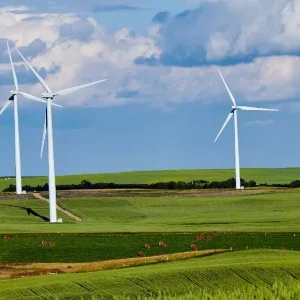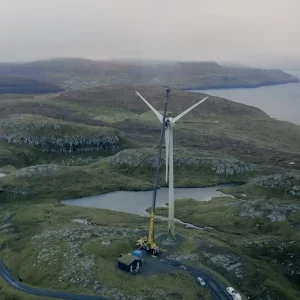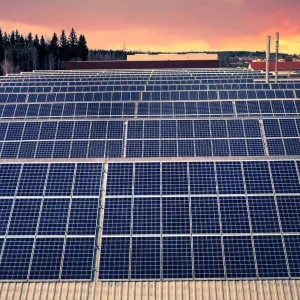Delivery of the Acta Centaurus from Ulstein Verft Acta Marine’s newbuild Walk to Work vessel Acta Centaurus was on time, delivered from Ulstein Verft on 26 April 2019.
The optimised on-board logistics solutions of this vessel have been developed by considering the flow of people in various work operations. The vessel offers large cargo areas of totally 1,000 square metres, indoors and outdoors, with a container skidding system and ample space for in total 24 containers. All cargo handling is centralised, with stepless transfer to the cargo and personnel lift, and likewise over to the wind turbines or offshore platform. In addition Acta Centaurus is fitted with a helideck to further support offshore operations.
“Building on experience with our first Ulstein Walk to Work construction support vessel Acta Auriga delivered to us last year, we are highly confident that Acta Centaurus will be very well suited to operate in the offshore, and specifically the renewable market. We will now get ready to bring her out to the Offshore Wind Farm to commence work,” says Rob Boer, managing director in Acta Marine.
“We know how important it is to get a vessel completed on time. This has been achieved through good cooperation between Acta Marine and Ulstein on all levels” says Kristian Sætre, managing director at Ulstein Verft, and continues: “we feel certain that the Acta Centaurus will be a good work platform for the owner and their clients.”
The overall logistics and the SMST motion compensated gangway, and integrated elevator tower will secure safe and stepless transfers of people and cargo in significant wave height up to three metres. SMST also delivered the 3D motion compensated knuckle boom crane which can handle six tonnes of cargo in sea conditions up to Hs 2.5 metres.
The vessel is equipped with the hull designs X-BOW and X-STERN. The X-BOW is important when the vessel is transiting in heavy seas, reducing slamming and vibrations with a positive impact on the well-being on board. The X-STERN® has much of the same qualities and secures a higher in-field flexibility and improved winter workability. When keeping the stern facing the weather on dynamic position the vessel will be able to stay positioned with lower thruster load, resulting in lower fuel consumption.






